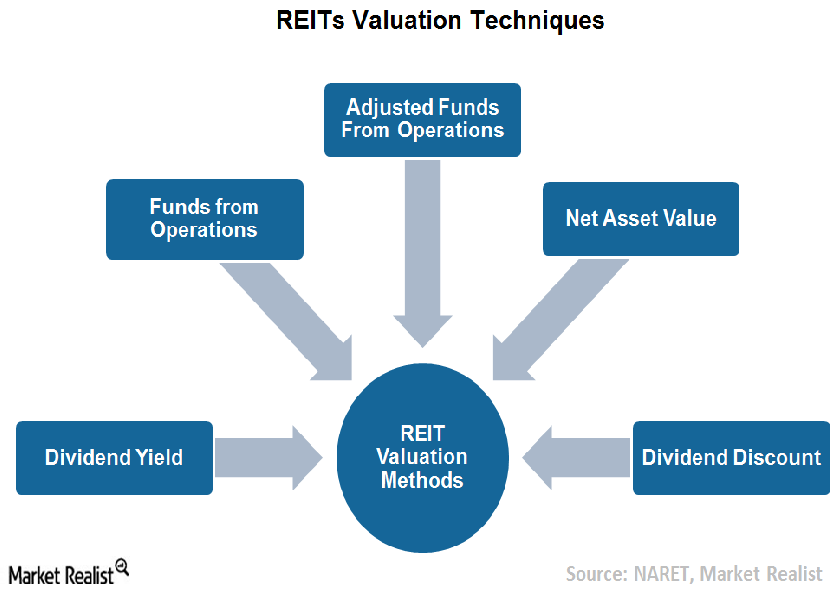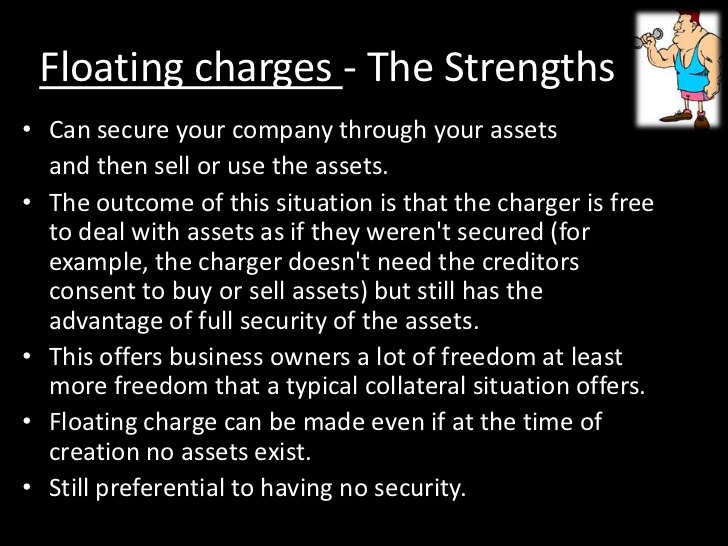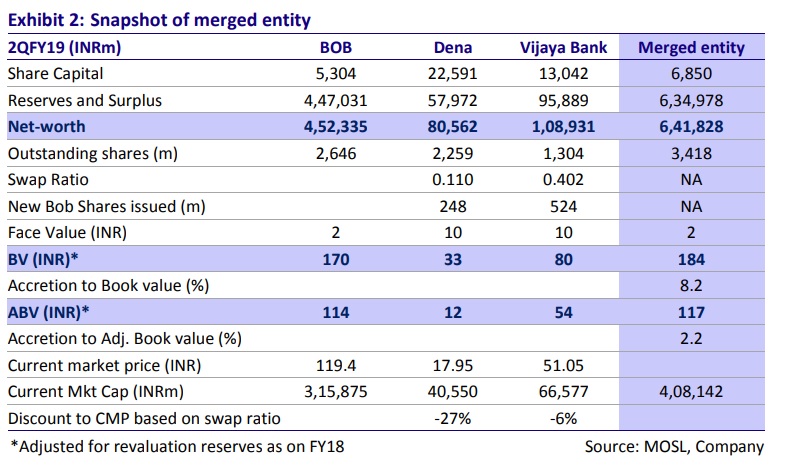If It is Agreed that the Capital of All the Partners Be Proportionate to the New Profit Sharing Ratio, How Will You Work Out the New Capital of Each Partner? Accountancy
Contents:


This process will reapt until number of partners having surplus capital is one. With that being said, let’s check out the fundamental differences between working capital and gross working capital concept to understand them better. IndicatorIt indicates the amount available to fund current assets and related requirements. It makes up all those assets which can be readily converted into cash within an accounting period. Where previous owner has also acquired the property in the aforesaid manner the ‘previous owner’ of the property shall be construed as the last previous owner who acquired the property by means other than those stated above.

Carving out a business is often more complex than acquiring one and selling a carve-out business requires a greater level of planning, effort, and resources. UsageGross working capital in addition to other financial metrics helps to determine the financial standing of a business firm. Increase in valueThe value of gross working capital increase with an increase in borrowing.
Gross Working Capital
Resultantly, the financial image projected is inaccurate or rather incomplete. A partner’s capital account is a double-entry bookkeeping system, with a debit balance on the asset side and a credit balance on the liability side. Notably, the fluctuating capital technique will be used as the default whenever it is not otherwise specified. Each partner’s capital will be reduced by their draws, interest accrued on those drawings, and their proportionate share of the partnership’s losses, among other changes.
- This is because it is commonplace operating apply for a company to issue new shares that fall according to the shares’current market value instead of shares’ arbitrary par worth.
- Land, building, plant or machinery, in order to shift industrial undertaking to rural area.
- It is part of the corporate’s retained earnings however cannot be handled as the free reserve.
- For raising the funds moreover by the technique of share premium account does not result in the dilution of the rights of the shareholders as the identical number of shares are issued with the extra quantity in form of premium.
Is quite excited in particular about touring Durham Castle and Cathedral. Premium or discount on a share simply means at what price share is being sold/traded. Mergers and acquisitions have become an essential and integral part of corporate strategy and will gain more significance as competition intensifies and companies move up the growth curve.
Arc method is best among point nd proportionate method of elasticity of demand hiw?
This account can be used to write off fairness-related expenses, corresponding to underwriting prices, and may also be used to issue bonus shares. The company doesn’t concern shares in trade for any items or providers so there shall be no profit or achieve by this. It is part of the corporate’s retained earnings however cannot be handled as the free reserve. Thus the amount of share premium reserve should be utilized as per the circumstances of the regulation. The company can cancel 1,000 shares, so the nominal worth £1,000 is repaid to the shareholders and cancelled. As a part of this journal entry, the company can cancel and scale back down the share premium account in any proportion it wishes.

The share premium account represents the distinction between the par value of the shares issued and the subscription or concern worth. It’s also known as extra paid-in capital and may be called paid-in capital in extra of par value. A share premium account is recorded in the shareholders’ fairness portion of the stability sheet. The share premium account represents the distinction between thepar valueof the shares issued and the subscription or issue price.
Revision Notes
Since https://1investing.in/ is a very sensitive issue, the company has to get approval by the Tribunal on the application made. The tribunal will give notice to every application made for reduction of capital to the Central government, Registrar and to the Securities and Exchange Board of India in case of listed companies. For instance, borrowing funds may increase the gross working capital of a firm, but simultaneously the firm’s current liabilities will increase too.
Conversely, when shares are issued below par, they’re mentioned to be issued at a discount or half-paid. Subject to this, the provisions of this Act relating to the reduction of an organization’s share capital apply as if the share premium account have been a part of its paid up share capital. For instance, if a shareholder pays Rs 2,000 for a single share of Reliance Industries having a face value of Rs 10, the surplus quantity i.e. The share premium, or the additional paid-in capital account, and retained earnings are often the 2 largest components of shareholders’ fairness. The funds in the share premium account can’t be distributed as dividends and will only be used for functions outlined in the company’s bylaws or different governing paperwork. Often, the share premium can be used to pay the bills of issuing equity, corresponding to underwriter fees or for issuing bonus shares to shareholders.
So, reconstruction in which the once again reorganized by reevaluation assets and liabilities and writing off the losses by reducing the paid up of shares. Such a process is called internal reconstruction which is carried out without liquidating the company. Within an organisational setup, gross working capital is useful in measuring a firm’s available cash flow. Consequently, it holds a vital place in the accounting procedures and helps both business owners and financial analysts take significant financial decisions. Nonetheless, firm owners must adopt measures of effective management of gross working capital to ensure overall profitability. All such changes are recorded by opening a current account in the name of each partner and debiting that account to withdraw the proportionate share of loss incurred during the accounting period.
However, in the later portion of the 2-12 months interval, the corporate experiences a surge in the market. The requirement to reduce capital may arise because of many factors like to distribute assets to shareholders, pare off debt, make up for trading losses, capital expenses, etc. Many a times companies may have more capital resources and reserves than they can employ. Also, when the company is making losses, the financial position does not present a true and fair view of the company.
What is the Fluctuating Capital Method?
Share premium account may be known as additional paid-in capital and can also be referred to as paid-in capital in extra of par value. Continuing with Company ABC from the example above, over a two-year period, it suffers downswings in the market and is paid $6 per share on one hundred new shares issued within the first six months of the 2-yr time period. This is a $4 low cost per share to par worth, and thus subtracts $four hundred from the share premium account, leaving it at $1,a hundred.
HERITAGE GLOBAL INC. Management’s Discussion and Analysis of Financial Condition and Results of Operations. (form 10-K) – Marketscreener.com
HERITAGE GLOBAL INC. Management’s Discussion and Analysis of Financial Condition and Results of Operations. (form 10-K).
Posted: Fri, 24 Mar 2023 19:04:12 GMT [source]
Has been provided alongside types of What is proportionate capital method? Theory, EduRev gives you an ample number of questions to practice What is proportionate capital method? Like discussed, the shortcoming of gross working capital arises from the fact that it does not serve as an efficient financial metric.
How to find out surplus capital
surplus capital methodholders pay $35 per share, including $6,000 to the share premium account, leaving the account’s stability at greater than $7,one hundred. The amount received as consideration in excess of the nominal value is proven in the share premium account. Consideration paid by company on buyback of shares or other securities would be deemed as full value of consideration. The difference between the cost of acquisition and buy-back price would be taxed as capital gain in the hands of the shareholder.
- As a result, the original capital may either have become lost or a company may find that it has more resources that it can profitably employ.
- A share premium account shows up in the shareholders’ equity portion of the steadiness sheet.
- The quantity of share premium is presented in the steadiness sheet as a part of the equity capital.
The assets are overvalued and the balance sheet consists of fictitious assets with debit balance in profit and loss account. In order to reduction of capital will write-off that portion of capital which is already lost and will make the balance sheet look healthy. A balance is recorded in this account only when there is a direct share sale from the corporate, normally from a capital raise orinitial public offering. Secondary trading—between buyers—doesn’t influence the share premium account. Over a period of time, the balance of the share premium account increases and decreases. This is because it is commonplace operating apply for a company to issue new shares that fall according to the shares’current market value instead of shares’ arbitrary par worth.
Legal Challenges Already Brewing on State Capital Gains Tax Ruling – newstalk870.am
Legal Challenges Already Brewing on State Capital Gains Tax Ruling.
Posted: Mon, 27 Mar 2023 19:13:42 GMT [source]
With the help of gross working capital, business entities and financial analysts can compute net working capital of a company. Under any given situation, the net working capital of a firm is considered to be more proficient in determining the liquidity of a firm. It helps to compute the working capital ratio, which in turn helps to ascertain a firm’s capacity to pay off liabilities on time. It indicates a firm’s capability to pay off operating expenses and current liabilities without any problem. Gross working capital refers to the total current asset quantum possessed by a company at any given point in an accounting year. That it does not fluctuate from when a partnership is formed until its dissolution.